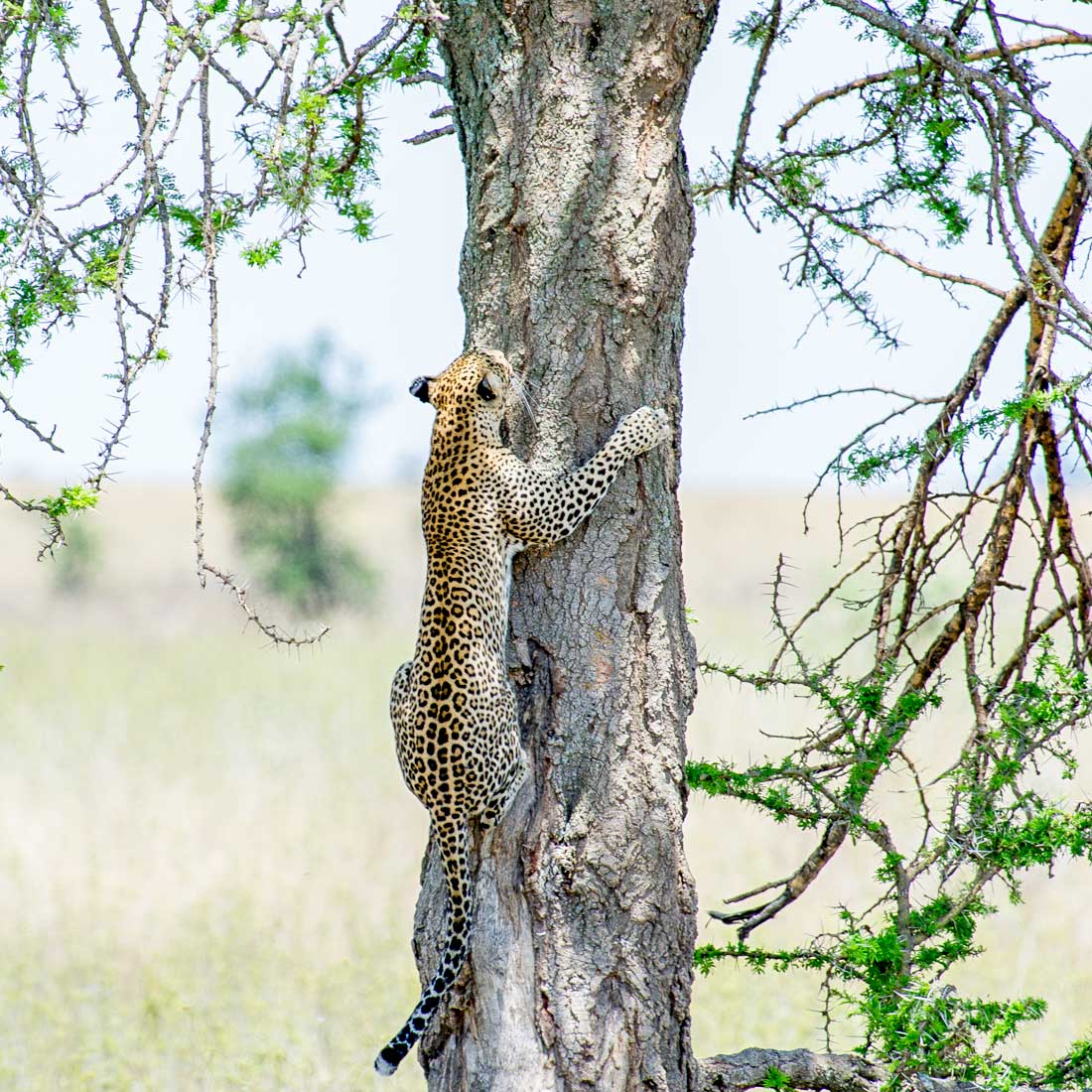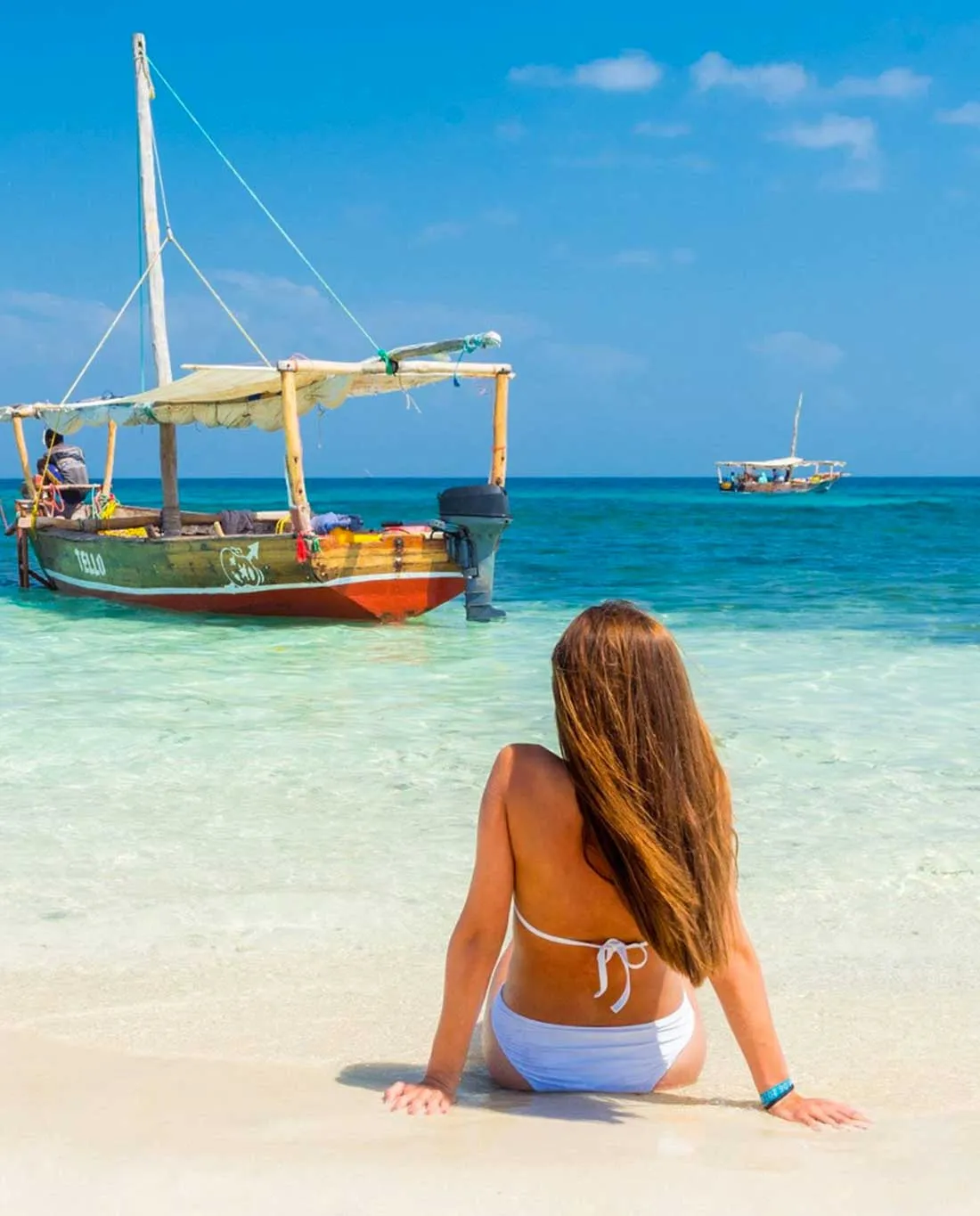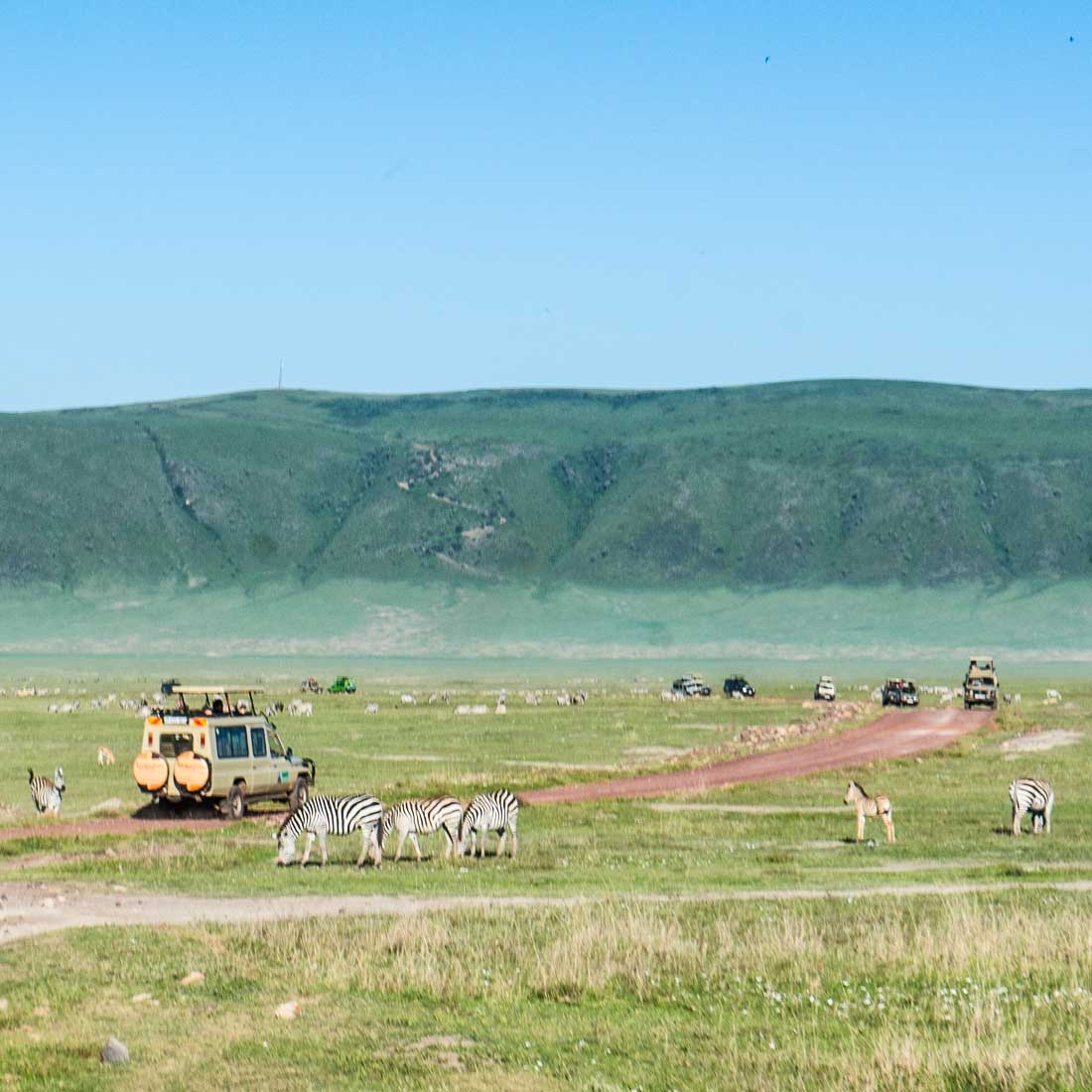Prepare for High Elevation on Africa’s Tallest Mountain
Mount Kilimanjaro reaches a staggering 5,895 meters (19,341 feet) above sea level. As you ascend, oxygen levels decrease significantly, and your body must adapt to thinner air. This is why altitude training and acclimatization strategies are essential for a successful summit.
Learn how to prepare your body for high-altitude trekking—even if you live at sea level.
What Is Altitude Training?
Altitude training is a method of preparing your body to perform in environments with lower oxygen levels. While it’s not always possible to train at actual high altitudes, there are ways to condition your body for the challenges of high elevation.
Why Altitude Training Matters for Kilimanjaro
Many trekkers experience symptoms of Acute Mountain Sickness (AMS) such as headaches, nausea, fatigue, and insomnia. Without proper preparation, altitude sickness can force you to turn back before reaching the summit.
Altitude training helps:
Improve your oxygen efficiency
Enhance red blood cell production
Reduce risk of AMS
Build your mental and physical stamina
How to Prepare for Altitude
1. Choose the Right Route
Longer routes (like Lemosho, Machame 7-day, or Northern Circuit) provide better acclimatization with a gradual ascent.
Recommendation: Aim for a trek lasting 7–9 days to give your body time to adjust.
2. Follow the Golden Rule: Go Slow
“Pole pole” (Swahili for “slowly slowly”) is your best weapon against altitude sickness. Trek at a slow, steady pace and rest frequently.
3. Simulated Altitude Training (Optional)
If you live at low elevation, you can try:
Altitude training masks (simulated resistance – limited benefit)
Hypoxic tents/chambers (used by athletes – expensive but effective)
Visiting nearby high-altitude areas for hiking (if possible)
4. Train Your Body to Be Mountain-Ready
Cardio, strength, and endurance workouts will prepare you physically for long trekking days. While they don’t replace true altitude training, they help your body work more efficiently with less oxygen.
5. Hydration and Nutrition
Drink 3–4 liters of water per day while trekking
Eat high-energy foods regularly
Avoid alcohol and caffeine at high altitudes
6. Medication for Altitude Sickness
Consult your doctor about acetazolamide (Diamox), a medication that helps prevent and reduce altitude sickness symptoms.
Recognizing Altitude Sickness Symptoms
Be aware of early AMS signs:
If symptoms worsen, it is important to descend immediately. Our guides are trained in altitude safety and will monitor your health daily.
Mental Preparation
Altitude affects people differently, regardless of age or fitness. Be mentally prepared for:
Stay calm, breathe deeply, and trust your guide team.
Our Commitment to Your Safety
At African Giant Adventures, all our Kilimanjaro itineraries are designed with altitude acclimatization in mind. We follow “climb high, sleep low” strategies, include rest days, and carry oxygen and first-aid equipment.
Train Smart. Climb Safe. Summit Strong.
Your journey to the “Roof of Africa” begins with proper preparation. Whether you’re trekking for a personal challenge, a honeymoon, or a family adventure, altitude readiness is key to your success.
Need help choosing an acclimatization-friendly route? Contact us today and we’ll guide you through every step of your Kilimanjaro preparation.





